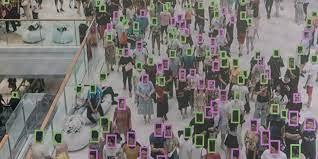
https://www.globalr2p.org/publications/the-relationship-between-digital-...
New and emerging digital technologies — including, among others, social media platforms, artificial intelligence, geospatial technology, facial recognition and surveillance tools — have and will continue to rapidly shift the space of human interaction in the modern world. As such, these technologies can both directly and indirectly impact how various actors may perpetrate or prevent mass atrocity crimes.
Due to the rapid pace at which these technologies are developing, there is a notable gap in the capacity of multilateral institutions, individual states, regional organizations and private corporations to respond to the threat, as well as harness the potential of various digital technologies.
Building upon an event hosted by the Global Centre and the European Union on 29 June 2023, this policy brief examines the relationship between digital technologies and atrocity prevention, highlighting several technologies that may directly contribute to the perpetration and/or prevention of atrocities. This brief also offers actionable recommendations for relevant stakeholders to address and mitigate the risks of emerging technology.
ABOUT US
The Global Centre for the Responsibility to Protect saves lives by mobilizing the international community to act in situations where populations are at risk of mass atrocity crimes.
We exist to uphold the norm of the Responsibility to Protect – known as R2P – adopted by the UN in 2005. This principle seeks to ensure that the international community never again fails to halt the mass atrocity crimes of genocide, war crimes, ethnic cleansing and crimes against humanity.









